Brno, Czech Republic
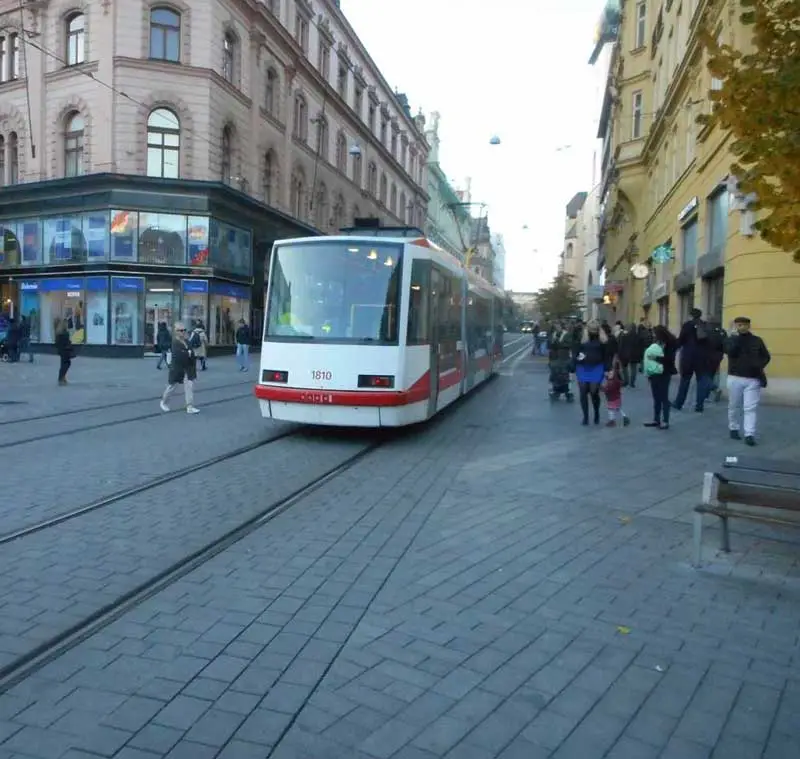
Brno is a city in the Czech Republic. It is known for its modernist buildings, like the restored Villa Tugendhat, completed in 1930 by architect Mies van der Rohe. The medieval Spilberk Castle houses a city museum, gardens and a former prison with vaulted tunnels. The Cathedral of St. Peter and Paul has baroque altars, a 14th-century statue of the Madonna and Child, and city views from its steeple.
Rail Travel Times:
Prague to Vienna: from 3 hrs 57 mins
Prague to Bratislava: 3 hrs 58 mins
Prague to Brno: from 2 hrs 28 mins
Prague to Munich: from 5 hrs
Pargue to Berlin: from 4 hrs 22 mins
Plan and Book:



Brno: See and Do
The most visited sights of the city include the Spilberk castle and fortress and the Cathedral of Saints Peter and Paul on Petrov hill, two medieval buildings that dominate the cityscape and are often depicted as its traditional symbols. The other large preserved castle near the city is Veveri Castle by the Brno Dam Lake. This castle is the site of a number of legends, as are many other places in Brno. Another architectural monument of Brno is the functionalist Villa Tugendhat which has been included on the UNESCO list of World Heritage Sites. Abbey of Saint Thomas is the place where Gregor Mendel established the new science of genetics.
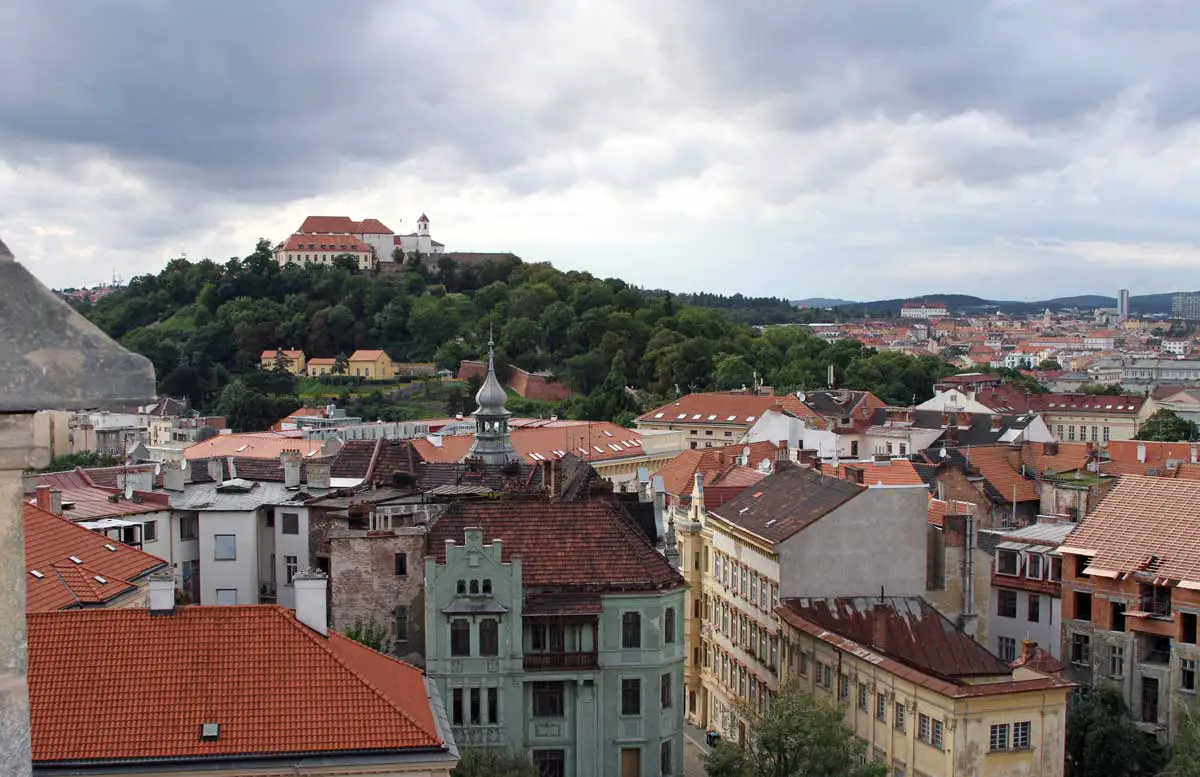
View to Petrov Hill
Brno Ossuary is the second largest ossuary in Europe, after the Catacombs of Paris. It was rediscovered in 2001 in the historical centre of the city, partially under the Church of St. James. It is estimated that the ossuary holds the remains of over 50 thousand people. The ossuary was founded in the 17th century, and was expanded in the 18th century. It has been opened to public since June 2012. The Labyrinth under Vegetable Market, a system of underground corridors and cellars dating back to Middle Ages, is to the public.
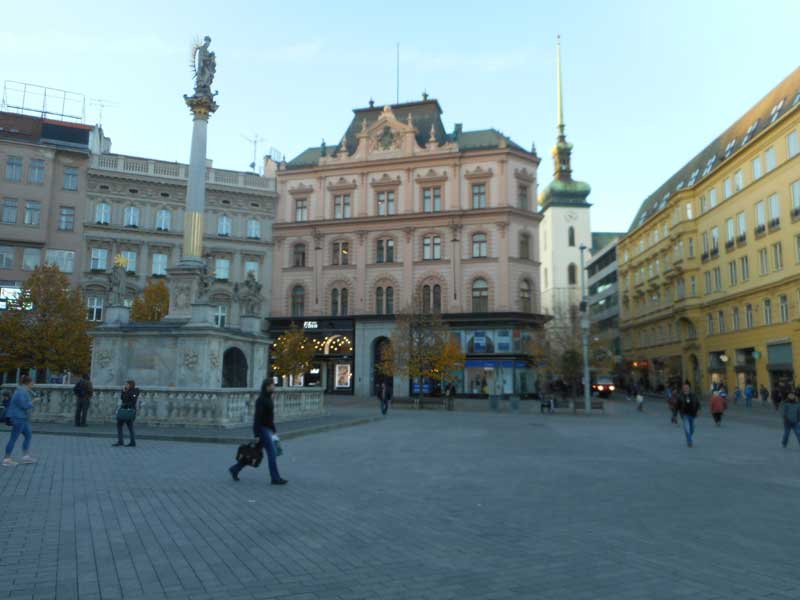
The era between the world wars brought a building boom to the city, leaving it with many modern and especially functionalist buildings, the most celebrated one being Villa Tugendhat, designed by architect Ludwig Mies van der Rohe in the 1920s for the wealthy family of Fritz Tugendhat, and finished in 1930. Other functionalist buildings include Avion Hotel and Morava Palace. The Brno Exhibition Centre is the city’s premier attraction for international business visitors. Annually, over one million visitors attend over 40 professional trade fairs and business conferences held here. The complex opened in 1928 and established the tradition of large exhibitions and trade fairs held in Brno.
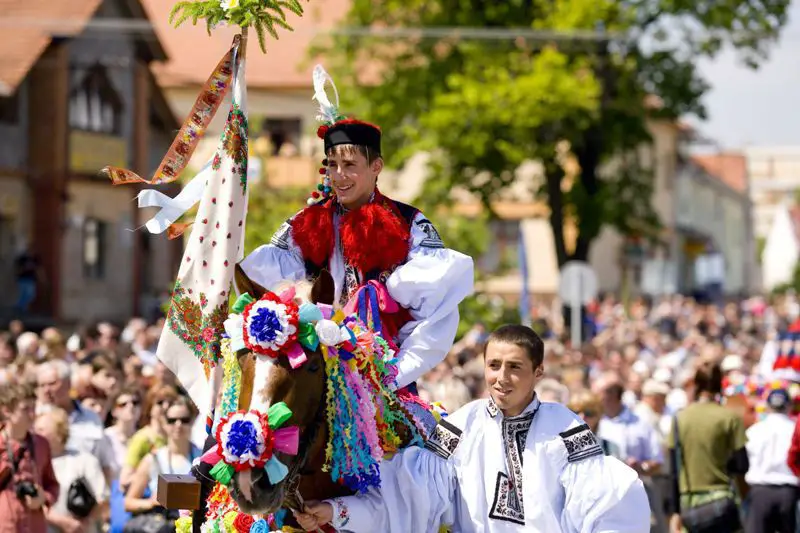
Culture
Brno – besides being a space where folklore thrives – has been associated with the Moravian folklore tradition through the activities of many institutions. The pioneer of the first folk music audio recordings was Leos Janacek, who recorded dozens of phonographic records before the First World War. Since the 1990s Brno has experienced a great cultural “rebirth”: facades of historical monuments have been repaired and various exhibitions, shows, etc. have been established or extended and folk culture lives on as strong as ever.
Brno, even though it is a relatively large city, has always been close to folk culture. Physical closeness was based on the fact that suburban municipalities had their specific folklore character. Despite its urban character, some of the city districts still preserve traditional Moravian folklore, including folk festivals with traditional Moravian costumes (cz: kroje), Moravian wines, folk music and dances. Unlike smaller municipalities, in Brno the traditional folk festivals are held locally by city districts. In the regions of south-eastern Moravia, which are closest to Brno and communicate with it, there are about 200 active folk ensembles, which have a musical and dance component. This number does not include any spontaneously formed or more or less occasional groups of musicians.
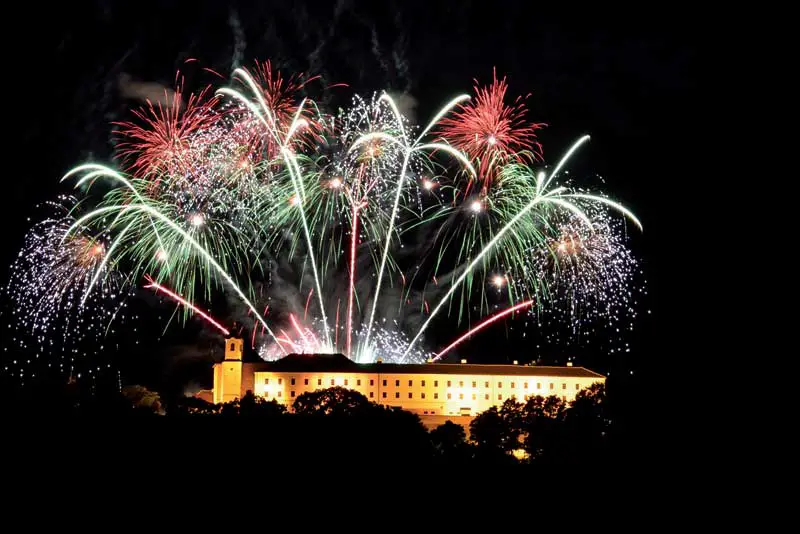
Another major cultural tradition is an international fireworks competition, Ignis Brunensis, that usually attracts tens of thousands of daily visitors. The event lasts about two weeks and is an international firework competition held annually at the end of May and beginning of June. Competing fireworks are presented outside the city centre on the nearby Brno Dam where the effect is increased by reflection from the water. Each fireworks show lasts about 22 minutes, with synchronized music broadcast by the local radio station. Shows are held one by one every second or third day. The closing ceremony again includes non-competing fireworks launched from the city centre. Local museums, castles and other institutions also participate in the event, with their own programmes. The event attracts from 100,000 to 200,000 visitors and is well worth seeing if you get the opportunity.
Every September, Brno is home to a wine festival (Slavnosti vˆ‚na) to celebrate the harvest in the surrounding wine-producing region. The Theatre World Brno is another international festival annually held in the city where the Brno theatres and the city centre stages around one hundred performances by both national and foreign ensembles.
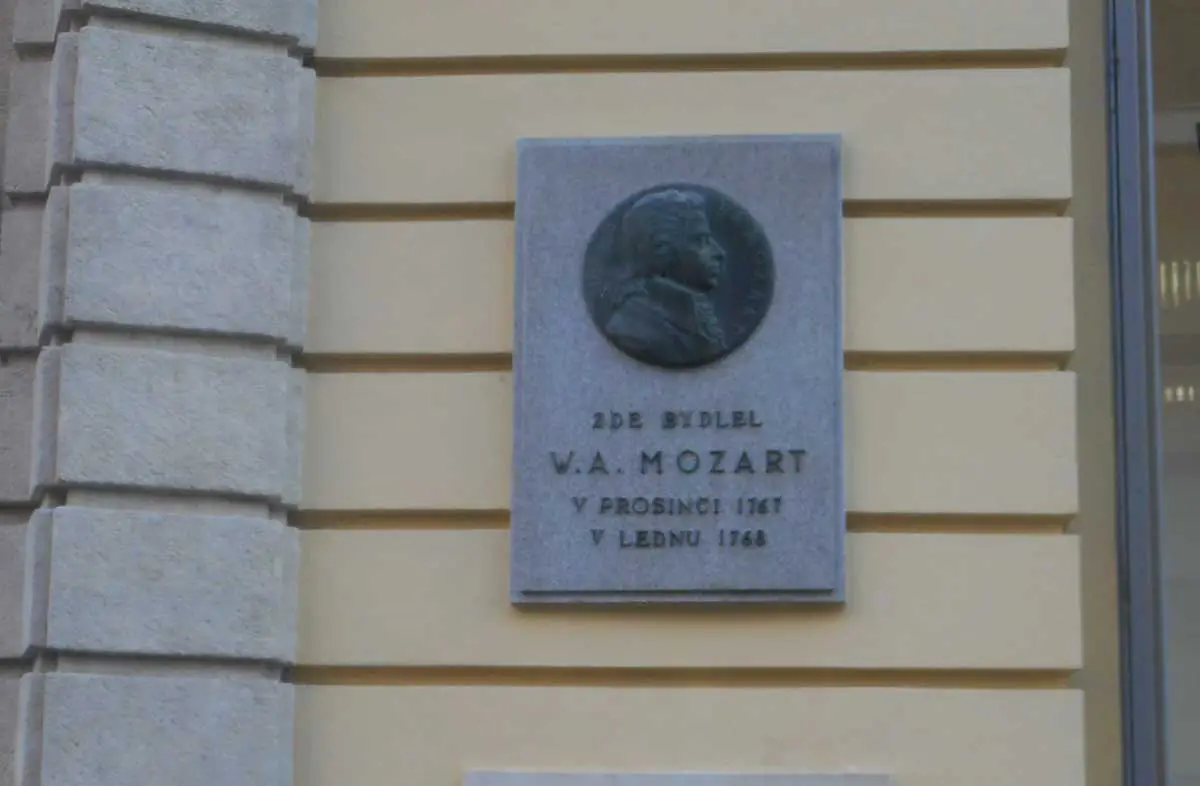
The house where Mozart stayed
During our visit there, we came across a plaque commemorating the fact that classical composer Mozart spent a few months living in Brno when he was 11 years old. Apparently chickenpox was rife in Salzburg at the time so the Mozart family moved a safe distance away to avoid the children catching it.
